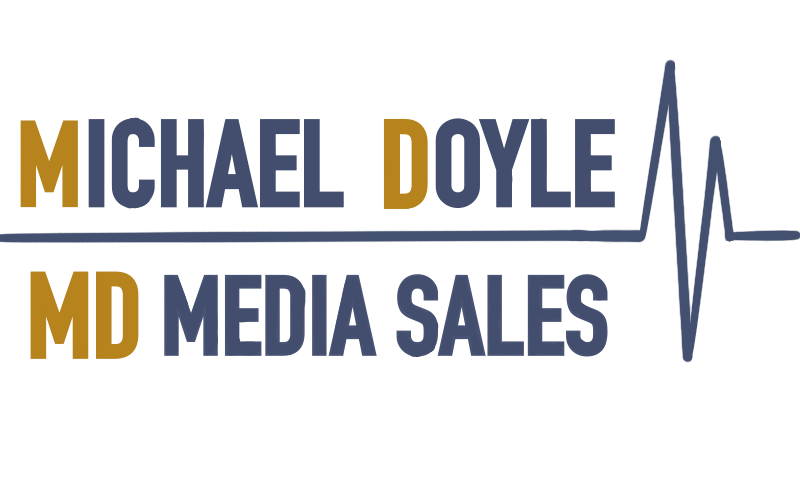Get More “No’s” and Make More Sales
The five outcomes of every sales interaction - ranked.
The last time I was a full time, bag- carrying, commission salesperson my boss spent a day in the field with me. She was amazed at how prospects treated me.
“They talk to you differently than anyone else, like you are their neighbor or a trusted advisor. How do you do that?”
“Simple,” I said. “I don’t act like a salesperson. I tell them early on that saying no to me is an acceptable answer. I’m not chasing them like they are the only prospect or client in town. In fact, by having more prospects in my pipeline, I put myself in the best position to get a ‘no’ and still make my quota.”
You may be thinking that a prospect saying “no” is the worst thing that can happen to a salesperson, but it’s not. Here are the five outcomes of every sales interaction:
1. Yes. A prospect saying “yes” to accepting a discovery meeting, or saying yes to a final proposal or any step in between is the best outcome. But you don’t get more yeses by hounding people, you get more yeses by understanding their needs, proposing solutions that help them solve their problems, and asking for the order AT THE RIGHT TIME. You need 3 things in order to make a sale.
a. An understanding of the clients critical problem or pain, with a solution.
b. A clear understanding of the ROI this customer needs (or the budget in rudimentary terms). Does this problem matter, and what is it worth to them for you to fix it?
c. You need to understand who the decision makers are.
2. No. This is the second-best outcome. If you find out early that you are talking to the wrong person, you can’t identify the prospect’s pain or you don’t have a solution that works, you can move on, or move back a step and ask more questions. Too often sellers are pitching to the wrong person, with no idea how their product will solve the problem. Getting a “no” allows you to restart or move on.
3. Maybe. The worst outcome. You don’t get paid to get a maybe. If someone is ‘thinking’ about your proposal, you are stuck in the middle of the process. You’ve put it in your pipeline, but it’s not moving. Here is what I call the “draino” sales techniques to get the pipe clogged cleared.
a. Tell the prospect ‘No.’ Give them a graceful out by leaving them a message that says you understand they can’t move forward at this time, that you must have missed something, and ask them if they will share with you how the solution you proposed missed the mark. Sometimes they will tell you that it really isn’t dead, and sometimes they will help you bring it back to life.
b. Ask for your proposal back. Tell them you would like them to return the proposal or destroy it. Tell them that although you were not able to help them, you would prefer that programs that did not close were not circulating. Ask them to send it back to you. See what they say.
c. Open each meeting asking for a ‘no.’ When I make the final presentation to a prospect, I always ask them if they are in a position to ‘turn me down today.’ Remember, this is not a one call close, we have identified a problem, co-developed a solution, and now we are making a final recommendation. By telling them before you ask for money it’s okay to say no, you get less “maybe” responses.
4. A Clear Future. Every meeting with a prospect should end with a re-cap of next steps agreed upon, and a discussion of what’s next. I tell prospects a story about how I used to haunt prospects with follow up phone messages and emails, that I don’t want to do that to them, and ask them what I should do next. I am direct if they need some time to digest the proposal, and say “You’re not going to ghost me.” It’s okay to tell me no. Ask for the clear future at the end of every meeting.
5. A referral. Too many sellers fail to ask for referrals. Every time a client gives you a compliment, ask for a referral or a recommendation. Explain that as a professional salesperson, a referral can help make a sale, but that a compliment is not accepted at the grocery store.
Long ago, I learned to be okay with ‘no’ from clients or prospects, and that I would get to yes more often. I also learned that by making “no” an okay answer my attitude toward prospects became about partnership; that I was no longer chasing them, we were working together to help their business.
Go out there, and get some “No” answers. It may be the best way to get to “Yes” faster.

